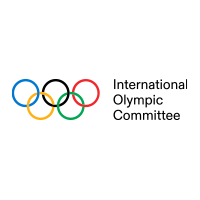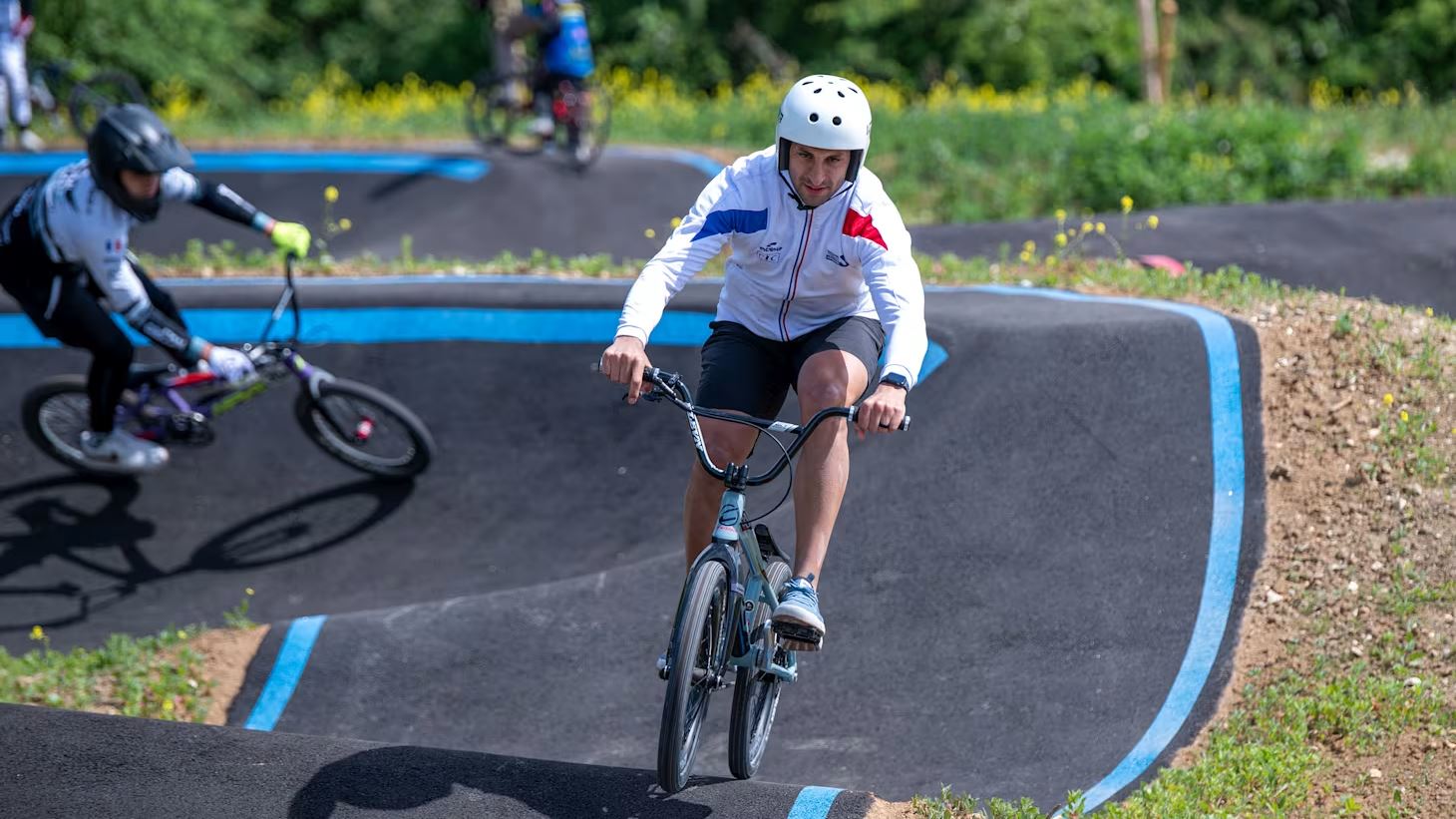21 May 2025 - A year on, the legacy of Paris 2024 continues to take shape, with the reopening of Élancourt Hill and the expansion of Parc Georges-Valbon – both important elements of the Games’ long-term ambition to serve communities well beyond the Closing Ceremony.
The two reopenings reflect the core of the IOC’s Olympic Agenda: a commitment to making the Games more than a celebration of sport, but rather a catalyst for long-term social, economic and environmental change.
“What we’re seeing with the reopening of these two sites is that legacy isn’t theoretical, it’s physical, social and visible in the lives of people who now have access to places they didn’t before,” says Marie Sallois, IOC Director for Sustainability and Legacy.
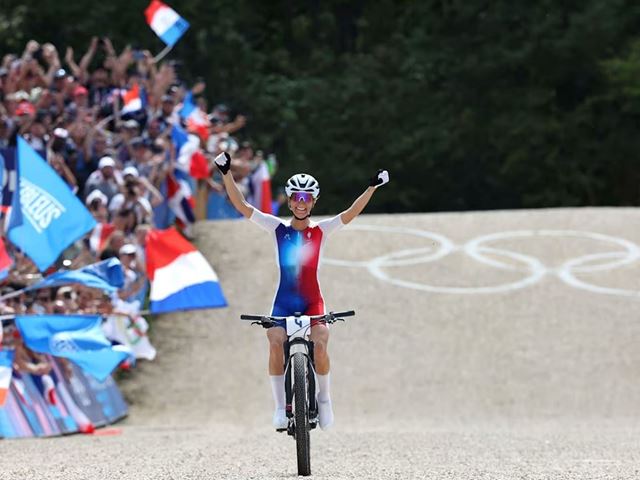
Paris 2024 was the first Games fully shaped by the principles of Olympic Agenda. Legacy was built in from the start, through smart venue planning, local partnerships and a focus on long-term benefits for communities. Today that promise is becoming visible: in reopened hillsides, new trails and extended parkland.

Marie Sallois, IOC Director for Sustainability and Legacy
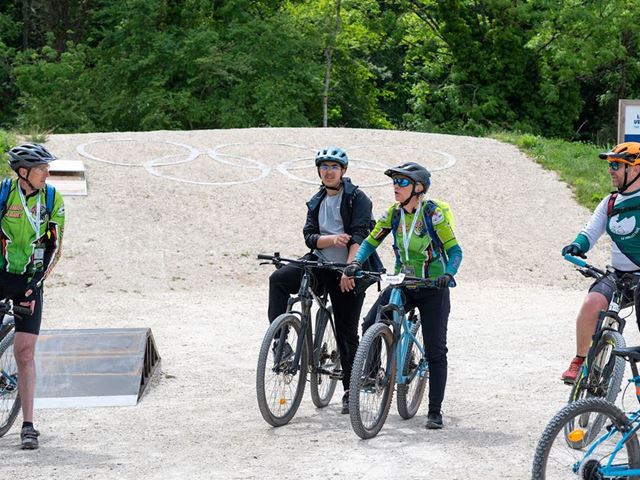
Élancourt Hill: a viewpoint reclaimed
Élancourt Hill, at 231 metres above sea level, is the highest natural point in the Paris region. Until recently, few locals had ever been to the top. Once a sandstone quarry, later a landfill and eventually rehabilitated in the 1980s, the site remained fenced off for decades — inaccessible and forgotten.
For the Games, the hill was transformed into the Olympic mountain bike venue. Riders tackled a technical course designed to take advantage of its steep inclines and dramatic views. Spectators watched from grassy slopes and purpose-built stands, with the skyline of Paris — including the Eiffel Tower — visible on the horizon.
Now, the barriers are gone. Reopened to the public in May 2025, Élancourt Hill is no longer just a venue. It’s a 52-hectare public space, with mountain bike trails of varying difficulty, walking paths, a free-access pumptrack, picnic areas and panoramic viewpoints. For a department like Yvelines, with fewer major urban parks than central Paris, this is an important boost to the quality of life of its residents.
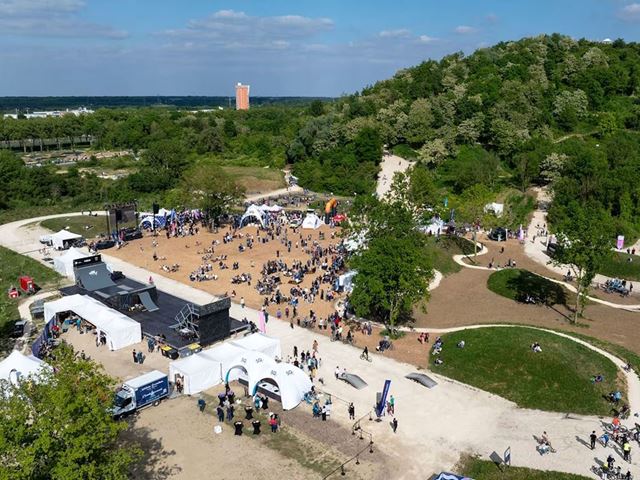
Parc Georges-Valbon: expanding the green heart of Seine-Saint-Denis
Further east, in the heart of Seine-Saint-Denis, Parc Georges-Valbon is undergoing its own transformation. At over 400 hectares, it’s one of the largest urban parks in Europe — but until now, parts of it were disconnected or underused. A 13-hectare patch of land on its northern edge, known as the Terrain des Essences, was previously a military fuel depot, closed off and heavily contaminated.
That land has been cleaned up, restored and integrated into the park. The new section, with natural habitats, walking paths and biodiversity zones, not only expands the park, but also improves its accessibility, thanks to new mobility links.
During the Games, Parc Georges-Valbon served as one of Paris 2024’s official fan zones, drawing tens of thousands for concerts, community events and big-screen Olympic broadcasts. Its expansion now cements it as a permanent green refuge in one of France’s most densely populated and least green departments.
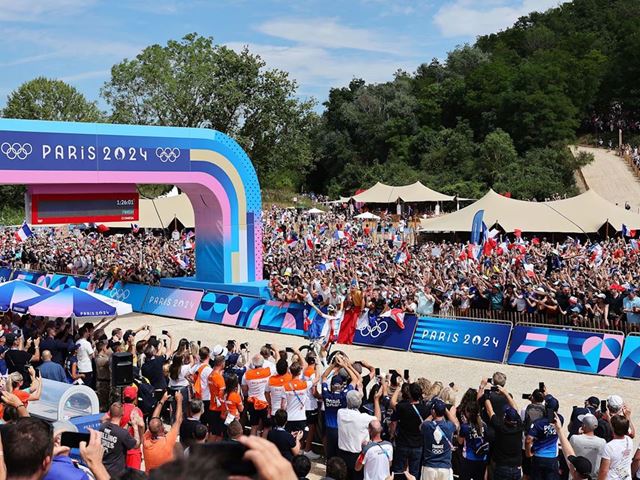
First Games aligned with Olympic Agenda
Paris 2024 were the first Games fully aligned with the International Olympic Committee (IOC) reforms of Olympic Agenda 2020, which set a path towards more sustainable Olympic and Paralympic Games. Olympic Agenda calls on future hosts to maximise positive impact while minimising their environmental footprint, for example, by reusing existing venues wherever possible, accelerating infrastructure that benefits residents, encouraging physical activity, and embedding legacy planning from the earliest stages of Games planning.
With 95 per cent of venues either existing or temporary, Paris 2024 was structured to act as a catalyst for long-term change, with strategic investment focused on Seine-Saint-Denis, one of France’s youngest, most diverse and most disadvantaged departments, long underserved in terms of transport, sports infrastructure and green space.
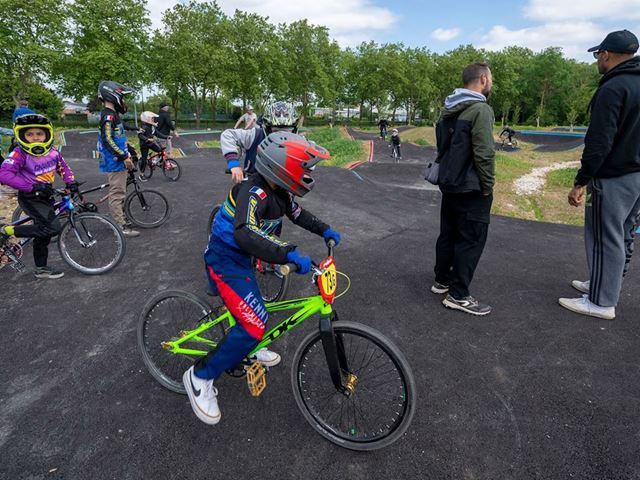
A third of the Olympic venues were in the department, including the new Aquatics Centre, the Olympic Village and major celebration zones, strategically located to serve the local community, creating more access to housing, sports infrastructure and green spaces.
“As the one-year anniversary of the Games approaches, the reopening of Élancourt Hill and Parc Georges-Valbon offers a powerful answer to a fundamental question: what do the Games leave behind?” says Sallois. “In Paris, they leave behind greener and more connected communities, and we’re only just beginning to see that long-term impact take shape.”
